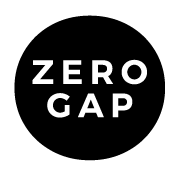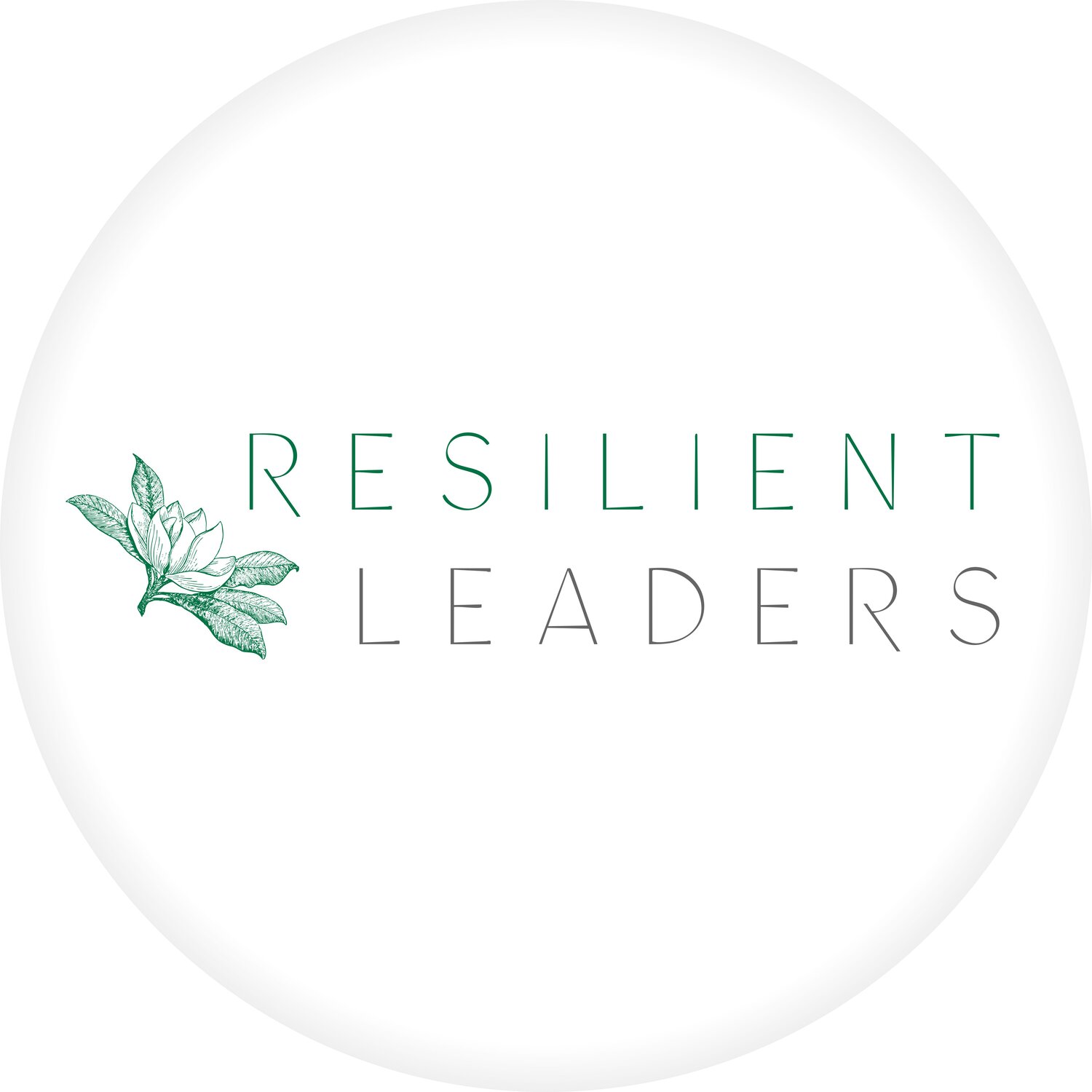Training Needs Analysis in 2025
Every level of an organization benefits from a Training Needs Analysis (TNA). It’s how you make sure the right people are getting the right development without wasting time, budget, or energy.
When done well, a TNA gives your team clarity: what’s missing, what’s needed, and what’s next.
What’s Worked Before and What’s Changed in 2025
Historically, TNAs worked by surveying leaders, reviewing performance data, and tracking compliance needs. That’s still useful but in 2025, organizations are facing constant change. Strategy shifts faster than org charts. Employees switch roles more often. And new tech rolls out before the old ones are fully adopted.
What’s different now?
We need faster, more responsive analysis cycles
Soft skills and leadership capacity matter just as much as technical ones
Context like psychological safety and values alignment matters more today then it did 10 years ago
A static TNA won’t cut it. What works now: dynamic assessments that focus on growth, strategy alignment, and confidence-building. That’s where the Resilient Leaders Program becomes a flexible solution.
How HR Teams Discover Real Needs
Effective HR and People teams don’t just guess. They gather data and patterns across different sources:
Performance reviews
Employee engagement surveys
Customer or stakeholder feedback
Turnover trends
Team dynamics and communication breakdowns
New initiatives, tools, or org structure changes
But the real magic happens in asking better questions.
Questions That Reveal Gaps
What problems are teams struggling to solve independently?
Where is decision-making bottlenecked or unclear?
What new systems, structures, or processes are people resisting?
Who is underperforming and why?
What does success look like in this role right now?
Are managers equipped to coach, not just manage?
Are individual contributors clear on how their work aligns with company goals?
These questions help uncover not just technical gaps but leadership, mindset, and strategy gaps too.
Different Depths of Analysis
A TNA can be broad or narrow depending on what you’re solving for.
1. Organizational-Level TNA
Used when:
A major shift in company direction is underway
You’re launching a company-wide platform or system
Culture, communication, or retention issues are surfacing
Example: A company rolling out a new hybrid work model. Some leaders embrace it, others resist. A TNA shows that mid-level managers lack tools to lead remote teams, and that’s where the Resilient Leaders Program can support mindset, communication, and confidence.
2. Department-Level TNA
Used when:
A department is underperforming or restructured
There’s a push to improve collaboration or innovation
A new leader steps into a team
Example: A Marketing team with great creative output, but missed deadlines. The TNA reveals gaps in prioritization and cross-team communication. RLP provides decision-making frameworks and confidence tools that address both.
3. Individual-Level TNA
Used when:
An employee wants to grow but isn’t clear on how
Someone’s newly promoted and feels in over their head
There’s feedback about leadership presence or impact
Example: A high-performing IC struggling to speak up in meetings. The TNA reveals a gap in executive presence. The Resilient Leaders Program, customized to focus on communication and influence, helps them show up stronger.
Why It Matters to Get It Right
Training the wrong people wastes time and frustrates your team. Putting someone in a session they don’t need makes them feel disconnected or worse, micromanaged. Meanwhile, the people who do need development might be overlooked because no one asked the right questions.
A TNA fixes that.
It ensures:
Training is aligned with real needs
Employees feel seen, supported, and equipped
Business outcomes guide development not trends or hunches
How ZeroGap Customizes Based on TNA Results
The Resilient Leaders Program is modular and adaptive. We can:
Shift focus based on job function or career stage
Adjust delivery method (coaching, cohort, on-demand, live)
Focus on confidence, executive presence, change leadership, or communication depending on what your team actually needs
We work with your HR or L&D team to map competencies, clarify goals, and fit training into the actual flow of work not as an add-on, but as part of how business gets done.
When and How Often Should You Run a TNA?
A full org-level TNA isn’t needed every quarter but it should be part of any major transformation, reorg, or strategy shift.
Here’s a general cadence that works:
The goal? Give employees the clarity and support they need to think strategically and solve problems confidently not just follow orders.


